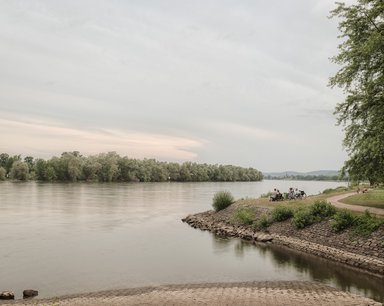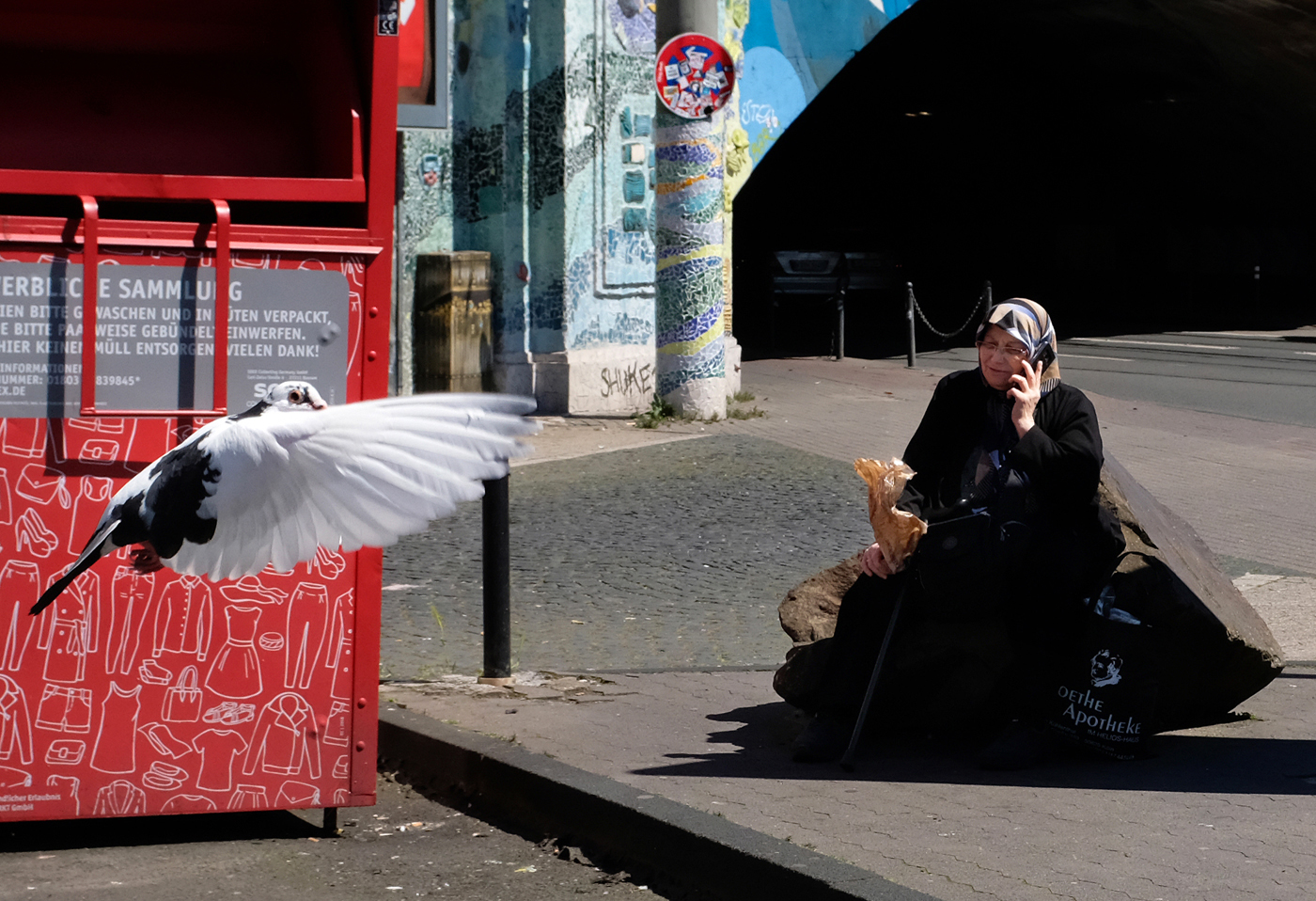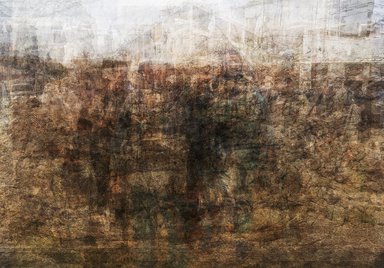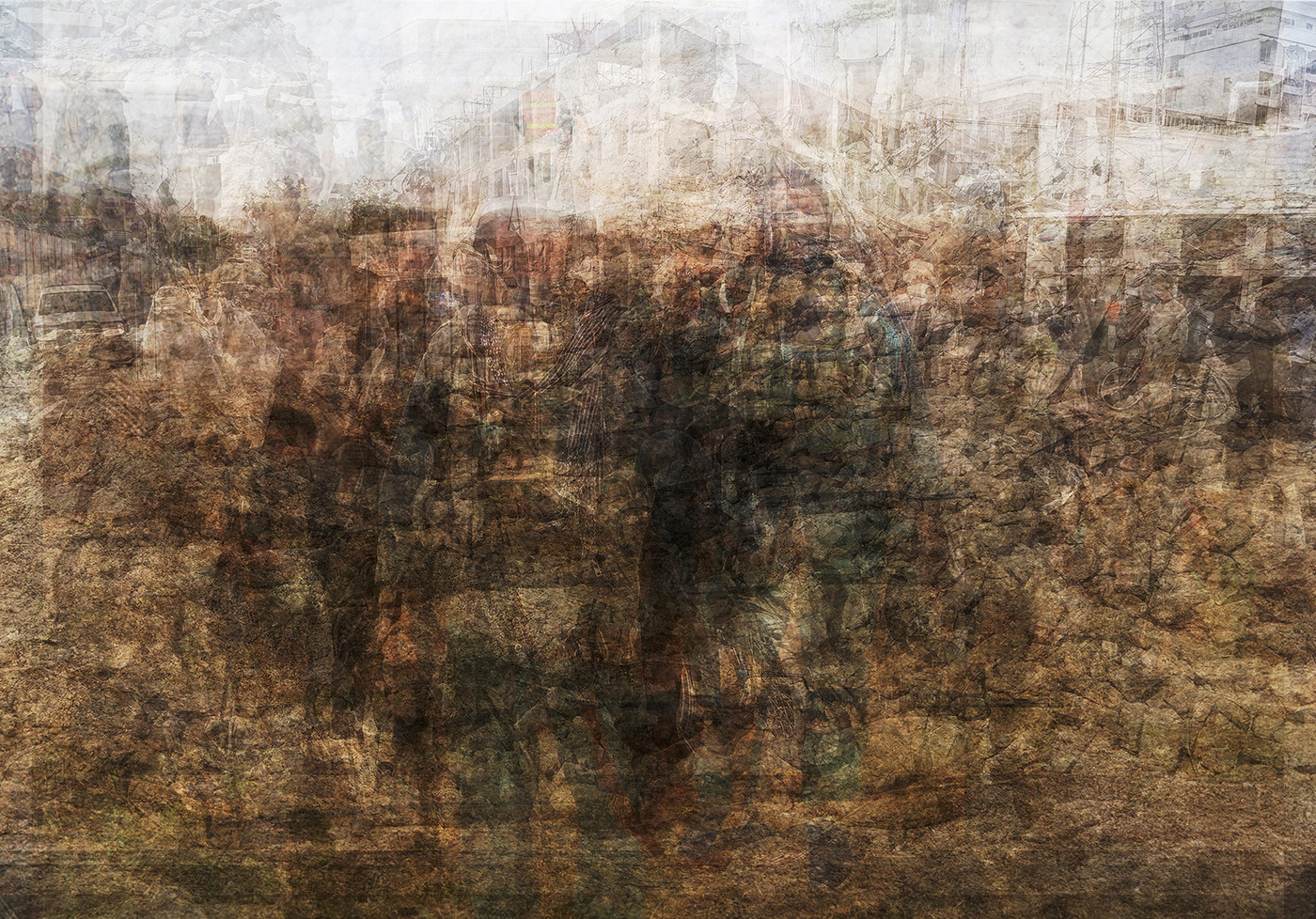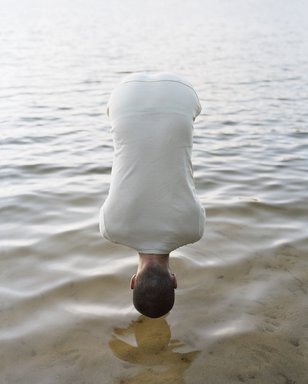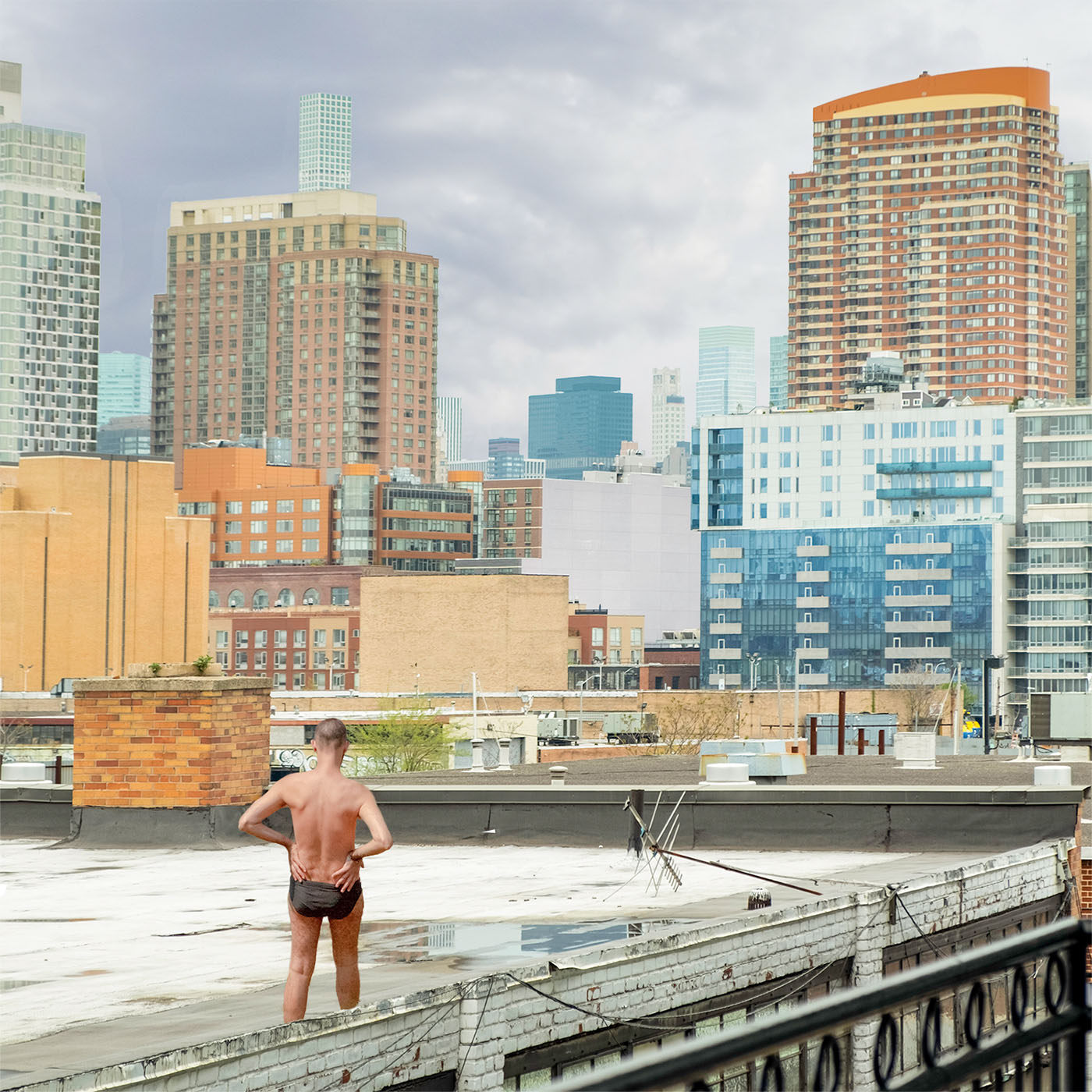Eckart Bartnik | Am Fluss
Eckart Bartnik | Am Fluss
Jury member Jürgen Scriba about 'Am Fluss': ‘Eckart Bartnik's series 'Am Fluss' (Riverside) initially encounters the viewer in a very unspectacular way. Dramatic light effects, which characterize many of the photographer's other works, are missing. People stand, sit or lie on the riverbank. What brought them there? Only in the series do the different motivations become apparent. Some of the people portrayed seem to be caught up in an intimate dialogue with the water. Others seem to want to take possession of the place for themselves. Some of them fit rather casually into the landscape composition at the edge of the picture. This diversity, which finds a common thread in the strict reduction of the photographic means of design, distinguishes the series and is convincing as an artistic concept.’ Eckart Bartnik about his work: ‘Rivers have always been lifelines and places of longing for people. In our dreams a river symbolizes the cycle of fertility, death and renewal. The series "Am Fluss" shows people on the Rhine, the German river, among others, which like few rivers is closely interwoven with history and culture, with myths and old conflicts. The pictures show people in all their humanity and in their relationship to the landscape. And they tell of the desire for location and retreat. The photographs are not voyeuristic, but are marked by a deep desire to understand what gives people stability and peace and why they seek this on the banks of a river.’ Short bio: Eckart Bartnik lives and works in Wiesbaden. His artistic photo projects allow him, as a natural scientist, not only to analyse what he sees rationally but also to interpret it emotionally. As an autodidact, he deepened his knowledge in workshops with renowned photographers such as Bruce Barnbaum, Wolfgang Zurborn, Markus Schaden, Thekla Ehling, Laura Hynd, Claudio Cambon, Olaf Otto Becker, Ann Mandelbaum, Derek Ridgers and Göran Gnaudschun. Since the 1980s his works have been exhibited internationally in group and solo exhibitions and published in daily newspapers (e.g. FAZ), magazines (e.g. Stern), trade journals (e.g. Wings), and online (Spiegel-Online, TheGuardian). In 2019 he was awarded 'Landscape photographer of the year' of the Minimalist Photography Award. From the early abstract subjects, his gaze increasingly turns to reality, which is interwoven with the past and man's relationship to the landscape. In his more recent works, he uses light to transform the image so that the essence of what he sees becomes visible. https://www.eckart-bartnik.de
Format:
Photo / Video
